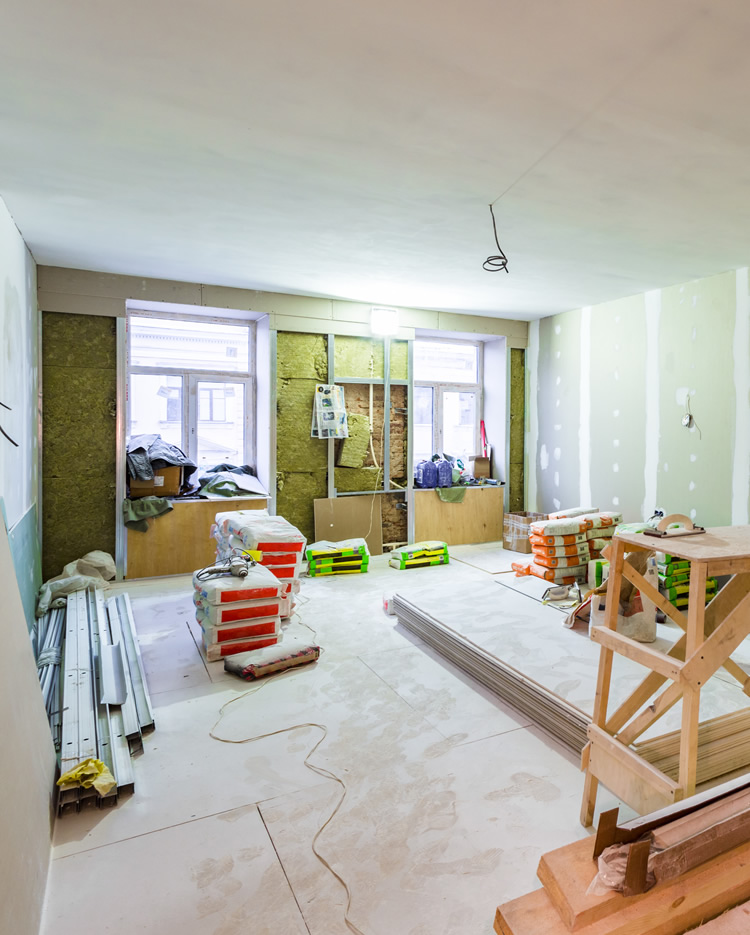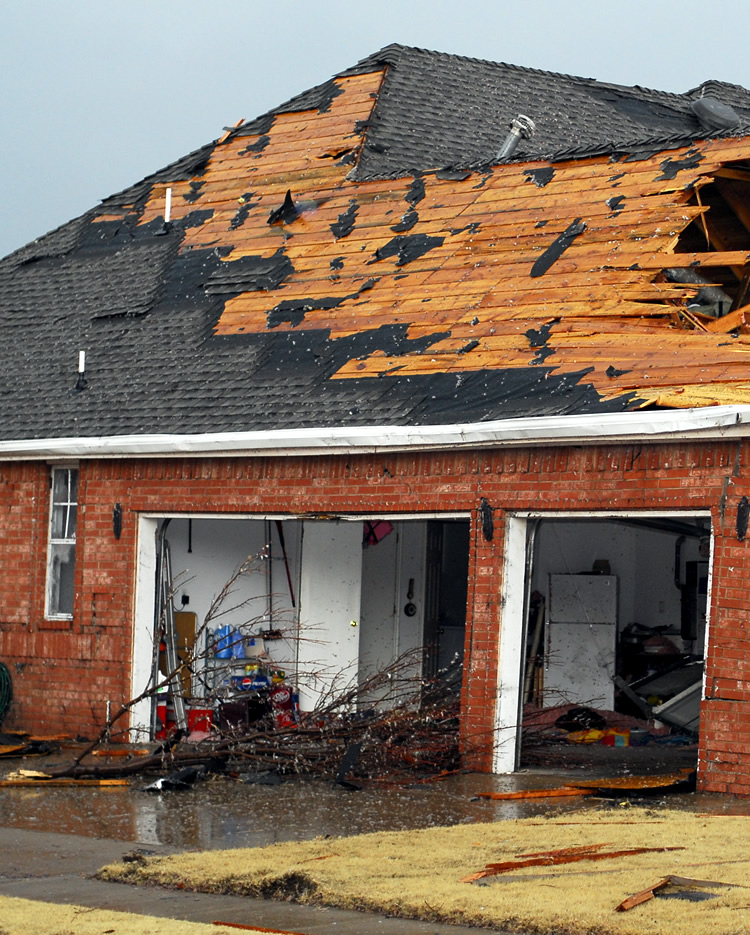
Blog post
Renovating and Remodeling Your Home or Business
Everyone loves the exciting feeling that comes with getting something new – a brand new car, the latest model of a smartphone, all glossy and shiny, a fresh coat of paint on the front porch balustrade… Nothing beats the revitalizing energy of an update! And it also applies to your home, office, shop or even a warehouse or a factory. And while there is a whole multitude of reasons why you might want to consider renovating or remodeling, the result is always the same – you get an improved and refreshed version of your space, and that can make all the difference – be it when you’re trying to sell your house, increase the revenue of your business by getting more clients in the door or enhance the efficiency of your warehousing facility.
As always, One Stop Restoration is here to help you with all your renovation needs in Atlanta metro area.



So, when is it time to renovate?
If nothing out of the ordinary happens, it is a good practice to give your home a facelift every 5 to 10 years. The usual ongoing house maintenance is meant to keep things running smoothly and ensure all systems are working well, but normal wear and tear will inevitably make your house look a little tired with time. So, it’s nice to refresh the paint and some surface materials more often. More serious updates or even some layout modifications are normally done less often – every 15 to 20 years is fine. Of course, if your home is showing signs of disrepair it is much better to renovate sooner rather than later – it always works out to be much, much cheaper to do smaller scale updates and touch-ups more often than to let things get really worn down and then face more substantial repairs.
If you own a shop or any other type of business that gets a lot of visitors, it would make sense to renovate a bit more frequently – somewhere around 5 to 7 years or so. A new look can help boost activity and attract people to you! When you update your store, it creates a fresh and revitalized vibe, which will be pleasant and enjoyable for everyone – including yourself, your employees and your customers.
Larger size commercial and industrial buildings are usually built to last up to around 50-60 years, and with regular and proper maintenance they do. But a remodel might become necessary in order to accommodate certain changes, required by an expansion of the business or, perhaps, when re-purposing a building. And just like with a smaller shop, a light renovation once every 10 or so years can significantly increase the efficiency of your industrial property, by helping keep it in great condition and allowing it to last longer.
And, of course, other than upgrading any type of building for your own use, you could also be renovating simply to increase the market value of the property, if you are using it as an investment mechanism.
Now, regardless of the reason, there are always a few important things to consider when planning your remodel. Let’s have a look at them in more detail.




How much does it cost to remodel?
Cost is the biggest advantage of remodeling as opposed to rebuilding or buying a new place. Even the most extensive renovation will likely always involve fewer overall expenses than a new build would.
For the residential sector the total remodeling cost will vary depending on the size of the property and the extent of the renovations and modifications, if any, to the existing structures. As an average example, let’s take a look at a standard 1600-1700 sq. ft three-bedroom home. A complete renovation, encompassing all systems, all finishes, landscaping and even roof replacement for a property this size can cost up to around $100,000-120,000. However, you don’t always have to upgrade every single thing in your house, as some parts or systems might still be in good condition and not require replacing or repairing. This can bring the total cost down a fair bit. For example, replacing the roof tiles on a house this size can cost $7,000-9,000, depending on the material you choose, so if your roofing still looks good and works well, you could avoid this expense. Another big item on a complete remodeling list is the sewer system. It is one of the most intrusive and labor-intensive systems to replace in a home and can cost up to $13,000-15,000 in materials and labor. A typical lifespan of a standard sewage system is about 60 years, so you could potentially avoid having to replace it, however, it is a good idea to have it inspected to check for any hidden faults that could possibly cause much greater damage later on.
The above-mentioned cost does not take into account any layout changes, modifications or additions, such as removing or repositioning walls, or adding an extra bedroom. Here the costs can vary greatly, depending on what you envision for your home, so to get an estimate discuss your plans and ideas with your contractor and they could give you a ballpark figure regarding labor and material costs. Keep in mind that for certain types of modifications getting a permit or an approval might be required, which could result in some additional expenses.
Trash/debris removal can also set you back a few thousand dollars, especially if you are doing major changes to the walls, roof or garden.
Approximating the cost of remodeling a commercial or industrial property will depend greatly on the type and purpose of the building and the scope of renovation work to be done. There are as many budget options here as there are building sizes, so just like with custom modifications for a residential space it is a good idea to liaise with a contractor for a more specific estimate of the remodel you are planning.






What you should know BEFORE contacting your remodeling contractor
Know your budget. This is the defining point of planning any remodel. Having a certain amount set aside for the upgrade gives you clarity regarding your options in every aspect of the project. Also, never plan your remodel for the total amount you have available – always leave a buffer for any unexpected costs that might arise along the way!
Clarify your vision as much as possible. Try to decide not only which systems and which parts of the building you would like to replace or update, but also define the overall style you are gravitating towards. Look at interior design and architectural trends online, go to some open houses in your area, pay attention to details when visiting other people’s homes or businesses – and take note of the finishing materials, layouts, features and design decisions that grab your attention. You can even create an idea board or just collect some images that you like!
Be up-to-date with all the information about your building. It really helps to know how old different systems, appliances or finishes are. When was the last repaint? How old is the plumbing? What is the condition of all the electrical components? Having as much information handy as possible will speed up the estimating, planning and budgeting stage of the project.

Planning your remodel – What are the steps involved in renovating a building?
First step in any project is always planning and budgeting, and it is crucially important to think everything through as much as you can. That said, be prepared that things can often not go as planned! Keep that in mind and be flexible enough to save yourself unnecessary frustration during the process. Work closely with your contractor during the planning stage, as they will know the possible pitfalls and potential disasters and help you avoid them.
The actual work on site starts with demolition and removal of systems, equipment and parts of the house that are going to be updated. This will likely include getting rid of the old kitchen cabinets, old plumbing and electrical fixtures, flooring and drywall, if these are included in the remodel, as well as demolition of any walls in case you are removing them to open up some space or changing the layout of the house.
Next step is replacing the HVAC, plumbing and electrical systems, if you are upgrading any of them. This would be normally followed by drywall replacement, if any, and painting.
Kitchen is the focal point of most homes and it is therefore the most expensive to remodel, but at the same time it is an area that, when renovated, creates the most impact on how fresh and up-to-date the house looks. So, most remodels will concentrate on upgrading the kitchen cabinetry, countertops, sinks and built-in appliances.
Bathrooms are smaller in size, but they are just as impactful as kitchens when it comes to reviving an outdated house. If you can’t afford anything else, renovating kitchen and bathrooms will make the most difference in increasing the value of the building, as well as in creating a refreshed and renewed look and atmosphere.
Next step can be replacing doors and windows, although it is not often necessary to do this, if you have good double-pane windows, since they can last quite a long time.
Flooring is typically left until the final stages of a remodel, in order to protect it from potential damage while the work on other parts of the house is still in progress. And once the floors are in, then the trim and the finishing touches are all that’s left.

With so many things to consider and think through, it can be quite overwhelming to simply just plan a remodel, let alone carry it out, even when you have a fairly decent budget set aside for it. We are here to help!
One Stop Restoration are your #1 renovation and remodeling experts in Atlanta, GA, serving also all of the surrounding areas as well. So, feel free to give us a call with regarding any of your home or business remodeling concerns!
TESTIMONIALS
What our customers say
Kit Harington
Atlanta, Georgia - HomeownerWhy One Stop Restoration?
We are the right fire and smoke restoration firm for your emergencies because of the following:
- 24/7 Availability
- Experience
- Modern Equipment
- Quality Insurance Cover
OUR BLOG
Latest news from us
Water and Flood Damage
Blog post Top 5 Things to Know About Water and Flood Damage Don’t be left wondering what to do...
Mold Remediation
Blog post Mold Remedation As a homeowner, the mere mention of mold might give you a cold sweat. It’s...










